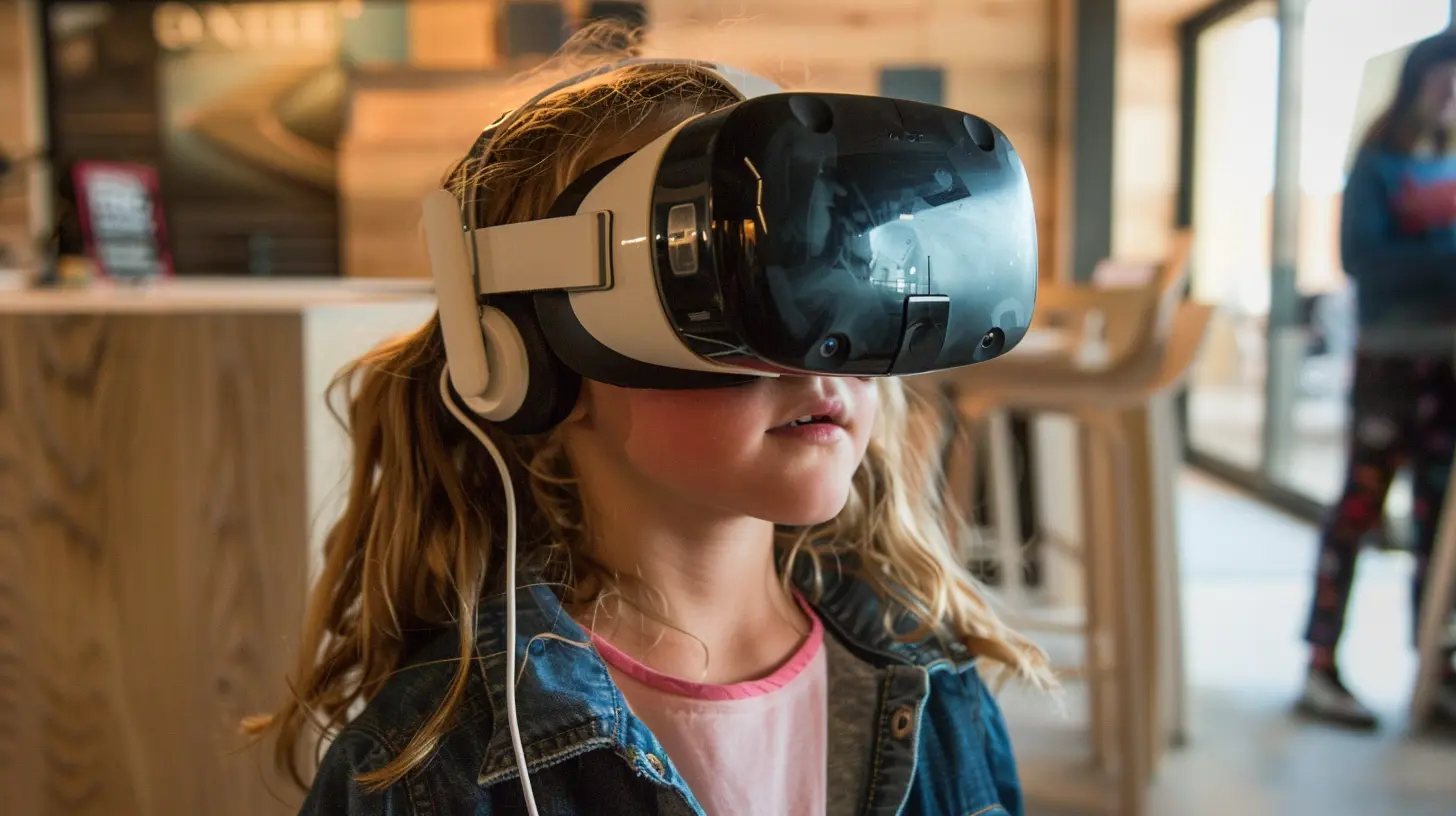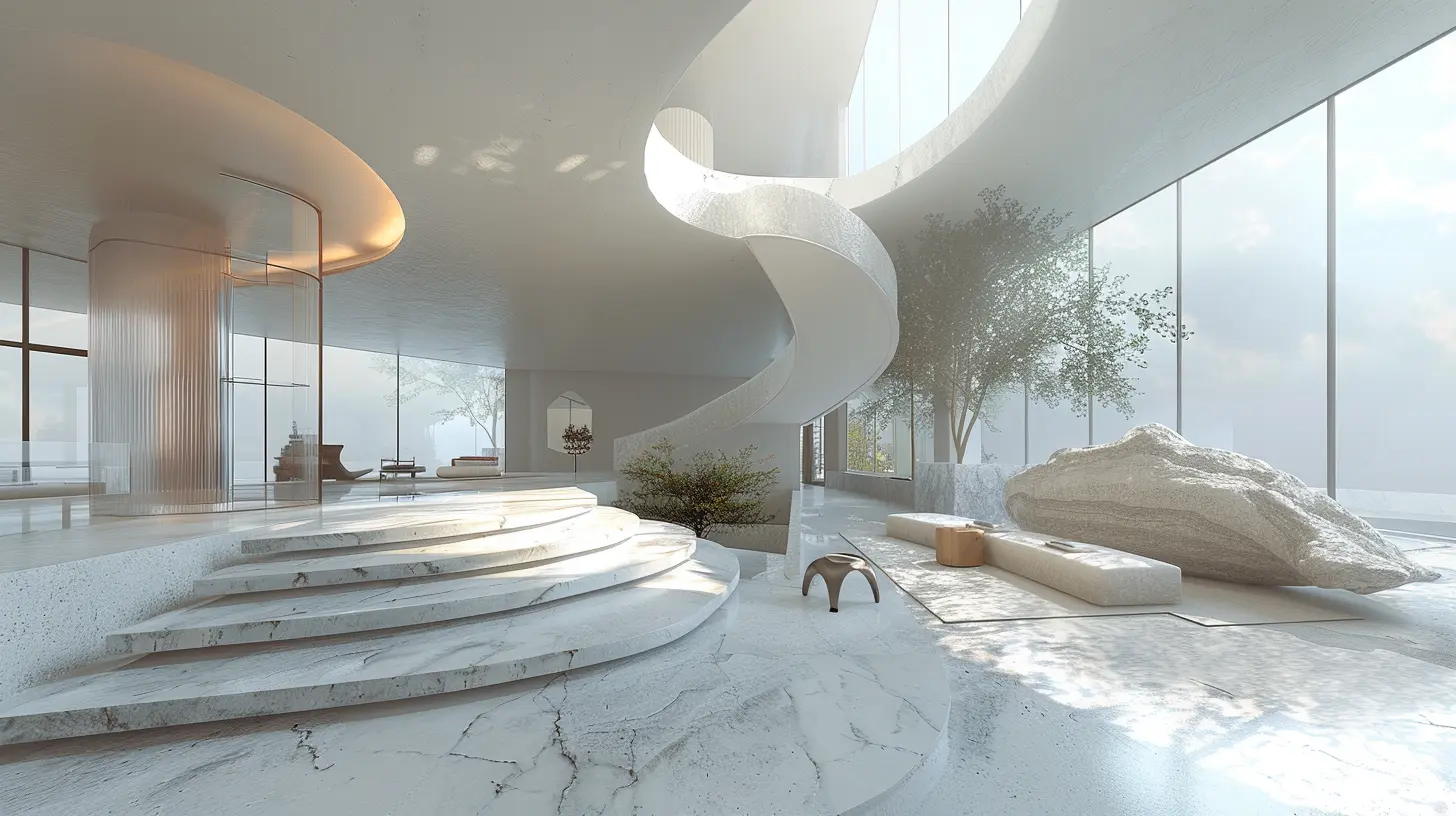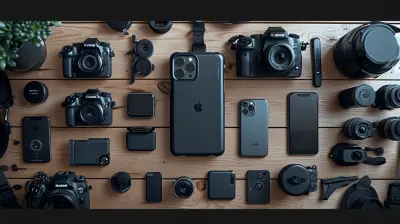How VR Headsets Are Revolutionizing the World of Architecture and Design
27 May 2025
Virtual Reality (VR) headsets have taken the world by storm, and they’re not just for gamers anymore. Architects and designers are leveraging this cutting-edge technology to redefine how buildings, interiors, and landscapes are imagined, visualized, and constructed. From immersive walkthroughs to precise design modifications in real time, VR is transforming the architecture and design industry in ways we never thought possible.
But how exactly are VR headsets changing the game? Let’s dive into this revolution and explore the impact of VR on architecture and design.

Bridging the Gap Between Imagination and Reality
One of the most significant challenges in architecture and design is translating an idea from a blueprint into a tangible experience. Traditionally, professionals relied on 2D sketches, 3D models, and computer-generated renderings to showcase their concepts. However, these methods often leave room for misinterpretation.VR headsets eliminate this gap by allowing architects, clients, and stakeholders to step inside a project before it's built. Instead of looking at static images, they can physically navigate a space, understanding its scale, proportions, and aesthetics from a first-person perspective. This immersive experience offers a much clearer and more accurate representation of the final product, leading to fewer misunderstandings and costly revisions.

Enhancing Client Engagement and Decision-Making
Let’s face it—clients don’t always understand blueprints and technical drawings. Many struggle to visualize how a project will turn out just by looking at a 2D floor plan or a 3D rendering on a screen.VR solves this problem by placing clients directly inside the design. They can walk through rooms, explore different angles, and interact with design elements in real time. Want to see how that kitchen looks with marble countertops instead of quartz? A quick VR adjustment can make that happen instantly.
This hands-on interaction empowers clients to make informed decisions faster. They can express their preferences more clearly, reducing back-and-forth revisions and ensuring the final product aligns perfectly with their vision.

Streamlining the Design and Revision Process
Design revisions are inevitable in architecture, and they often consume a massive chunk of time and resources. Traditionally, modifying a design required architects to go back to the drawing board, tweak models, and re-render visuals before presenting the changes.With VR, revisions become seamless. Architects can alter designs on the fly, testing different layouts, materials, and lighting conditions in real time. Instead of waiting for updated renders, stakeholders can immediately see how adjustments affect the overall aesthetics and functionality of a space.
Moreover, VR enhances collaboration among teams by enabling remote participation. Designers, engineers, and clients from different locations can meet in a shared virtual environment, discuss modifications, and make decisions in real time—dramatically increasing efficiency.

Revolutionizing Architectural Training and Education
Architecture students traditionally rely on textbooks, sketches, and computer models to grasp design concepts. But with VR, learning becomes experiential.By donning a VR headset, students can explore historical landmarks, dissect iconic buildings, and even practice designing structures in a fully immersive environment. They can experiment with spatial arrangements, test structural integrity, and gain a deeper understanding of architectural principles without costly physical models or field trips.
For aspiring architects, VR provides an unparalleled hands-on learning experience that accelerates skill development and prepares them for real-world projects.
Boosting Efficiency in Construction Planning and Execution
The impact of VR on architecture doesn’t stop at the design phase—it extends to construction as well. Construction teams can use VR simulations to identify potential issues before breaking ground.For instance, contractors can conduct virtual site inspections, test different construction methodologies, and detect design clashes before they become costly on-site problems. This level of foresight minimizes delays, reduces material waste, and improves overall efficiency.
Additionally, construction workers can undergo VR-based safety training, allowing them to familiarize themselves with hazardous scenarios in a risk-free virtual environment. This not only enhances safety but also improves on-site preparedness.
Creating Immersive Marketing and Sales Experiences
Real estate developers and interior designers are leveraging VR as a powerful selling tool. Instead of showing clients static images or physical models, VR allows them to experience a property before it's built.Developers can provide virtual property tours to potential buyers, enabling them to explore homes, office spaces, and commercial buildings from anywhere in the world. This is especially beneficial for international clients who may not be able to visit in person.
Interior designers also use VR to showcase different decor styles, furniture arrangements, and color schemes, helping clients make confident design choices before committing to costly renovations.
Overcoming Challenges and Future Prospects
Despite its vast potential, VR in architecture and design still faces some hurdles. The cost of high-end VR headsets and software can be a barrier for smaller firms. Additionally, creating ultra-realistic VR environments requires powerful computing resources and skilled professionals.However, as technology advances, we can expect these challenges to diminish. VR hardware is becoming more affordable, and software is evolving to be more user-friendly. In the near future, architectural firms that embrace VR will have a significant competitive edge, offering more efficient workflows, enhanced client experiences, and groundbreaking innovations.
Final Thoughts
Virtual Reality is no longer just a futuristic concept—it’s a game-changer in architecture and design. From immersive client presentations to streamlined design revisions and efficient construction planning, VR is reshaping the industry in ways we never imagined.As the technology continues to evolve, architects and designers who integrate VR into their workflow will not only stay ahead of the curve but also create breathtaking, functional spaces with unprecedented precision and creativity.
So, the next time you see an architect donning a VR headset, don’t be surprised—they’re not playing video games. They’re building the future, one virtual space at a time.
all images in this post were generated using AI tools
Category:
Vr HeadsetsAuthor:

Jerry Graham
Discussion
rate this article
3 comments
Candace Patterson
Absolutely thrilling to see how VR is transforming architecture and design! Can't wait to experience these innovations firsthand! 🎉✨
June 3, 2025 at 3:31 AM

Jerry Graham
Thank you! It's exciting to see how VR is reshaping our industry, and I can't wait for you to experience these innovations too! 🎉✨
Parisa Larsen
This article insightfully highlights the transformative impact of VR headsets on architecture and design. By enabling immersive visualization and collaboration, VR is not just a tool but a game-changer, fostering creativity and efficiency in the design process. Well done!
June 1, 2025 at 12:49 PM

Jerry Graham
Thank you for your insightful comment! I'm glad you found the article highlights the transformative potential of VR in architecture and design.
Quentin McCray
This article beautifully highlights the transformative impact of VR in architecture and design. It’s inspiring to see technology fostering creativity and collaboration, allowing professionals to explore new dimensions while creating spaces that resonate with human experience. Well done!
May 27, 2025 at 3:55 AM

Jerry Graham
Thank you for your thoughtful feedback! I'm glad you found the article inspiring and that it resonated with you. VR truly is transforming the architectural landscape!



